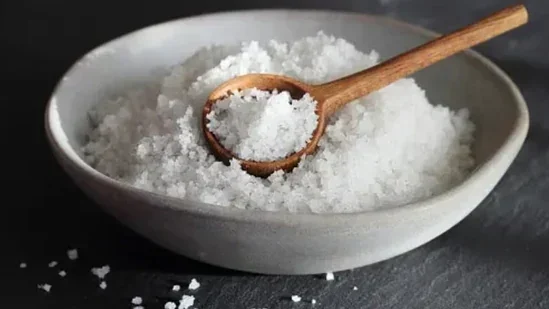The chief examiner on the review said that “forgetting about the saltshaker can assist with forestalling type 2 diabetes”. Yet, is it truly that basic?
At the point when individuals consider food sources connected with type 2 diabetes, they frequently consider sugar (despite the fact that the proof for that is as yet not satisfactory). Presently, another review from the US blames salt. The review, directed by analysts at Tulane College in New Orleans, utilized information on around 400,000 grown-ups, taken from the UK Biobank study. This observational review followed the members for almost twelve years. In that time, around 13,000 created type 2 diabetes. (Additionally read: 5 different ways inordinate salt admission can influence your wellbeing)
In a public statement, the primary specialist on the review said that “forgetting about the saltshaker can assist with forestalling type 2 diabetes”. However, is it truly that straightforward?
For a beginning, this sort of study, called an observational review, can’t demonstrate that one thing causes another, main that one thing is connected with another. (There could be different variables impacting everything.) So it isn’t proper to say eliminating the saltshaker “can help forestall”.
My partner Dan Green and I have recently scrutinized college public statements, for example, this as they can prompt deluding reports. The Tulane study can recommend a relationship between salt use and the gamble of creating type 2 diabetes – that’s it.
This is prior to thinking about the nature of the actual information.
The information used to survey salt use, depended on the straightforward inquiry: “Do you add salt to your food?” (It explicitly barred salt included cooking.)
The inquiry the members in the review addressed just had the choices: “never/once in a long while”, “some of the time”, “typically” or “consistently”. This implies it is unimaginable to expect to assess from the responses how much salt may be related with an expanded gamble of creating type 2 diabetes.
Handled food is the greatest source
Typical salt admission in nations like the UK is around 8g or two teaspoons per day. Be that as it may, around 3/4 of this comes from handled food sources. The greater part of the rest is added during cooking with very little added at the table.
The NHS exhorts that individuals ought to restrict their day to day salt admission to around 6g. Despite the fact that individuals in the UK have diminished their salt admission over the most recent few decades, there is as yet a best approach.
Considering that salt decrease is a general wellbeing objective, it is essential to have the option to evaluate admission to check whether there is potential for what is known as a “portion reaction” impact. The information detailed couldn’t propose if consuming 2g of salt a day added at the table expands the gamble of creating type 2 diabetes more than consuming, say, 1g every day.
The scientists utilized different trial of salt admission, including a gauge of how much salt members lost in their pee more than 24 hours. This is the most dependable method for estimating sodium or salt admission.
This approach likewise proposed that higher sodium in the pee was connected to a higher gamble of creating type 2 diabetes. In any case, what members ate was not viewed as by any means in this examination. So it isn’t clear on the off chance that salt can be straightforwardly ensnared in expanding an individual’s gamble of creating type 2 diabetes.
There is some proof that rising salt admission, as estimated by sodium in pee might be connected to expanded levels of the pressure chemical cortisol. This has been connected to expanded pulse and the diminished viability of the chemical insulin.
Insulin regularly controls blood glucose levels and is a vital piece of how type 2 diabetes creates. In any case, proof for this system has just been displayed in rodents.
Decreasing salt is as yet smart
What we can be all the more certain about is that individuals with type 2 diabetes, who frequently likewise have hypertension will quite often see their pulse improve when they consume less salt.
So the bring back home message is: involving less salt as a component of a solid eating routine, which is known to diminish the gamble of type 2 diabetes, is smart.
This study didn’t show the amount we really want to lessen our salt admission by, it just recommended a powerless relationship between adding salt to food and hazard of creating type 2 diabetes. So it is smarter to zero in on what is known to diminish the gamble of creating type 2 diabetes, which is to keep a sound weight, be truly dynamic and eat a solid eating routine.














+ There are no comments
Add yours